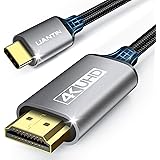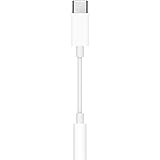Home theater wiring is a crucial step in creating an immersive home entertainment system. It is important to use the right type of wire and to follow certain steps to ensure that the connections are safe and secure. This article will provide tips on how to create a home theater wiring diagram and what types of cables to use. It will also cover the basic hook up of popular equipment such as a Blu-ray player, a Wii, an HD Satellite box and a 7.1 AV Receiver.
The most common type of wire for home entertainment systems is RCA. This cable connects devices such as DVD players to amplifiers. It is important to have a good quality wire with low resistance to avoid loss of sound. A high-quality wire should have a copper core and gold-plated connectors. Copper is a very good conductor but it can oxidize over time, which will reduce its conductivity. Using a special anti-oxidation solution can help prevent this from happening and extend the life of the cable.
HDMI is another type of connection that is becoming increasingly popular in home theater systems. This cable transfers audio and video data over a single wire, making it much easier than connecting multiple cables. However, it is important to note that HDMI only transmits analog audio data and not digital data, so it is critical to use a separate cable for the 5.1 surround sound output.
For audio, it is recommended to use a 16-gauge wire for the speaker lines. This will provide a sufficient amount of current to power the speakers and will minimize the chance of noise or distortion. It is also important to keep in mind that the length of speaker wires can impact their performance. Longer wires can suffer from increased attenuation, which is the reduction in signal strength that occurs over a distance. This is exacerbated by kinks or other irregularities in the cable or by electromagnetic interference from other nearby electrical appliances.
To avoid these problems, it is advisable to work in stages when connecting the wires. It is also a good idea to label each set of connections as you make them. This will help you remember which wire goes where and will also make it easier to troubleshoot problems in the future.
It is important to crimp the connectors properly after cutting them to ensure that they are physically stable. This will help to prevent pops and static when the cables are moved or touched. It is also a good idea to wrap the cable with a thin layer of tape before inserting it into the connector. This will keep the cable from slipping inside the connector, which could cause a short.
A common method for hiding home theater wires is to tuck them under the carpet. This is a cost-effective and efficient way to conceal the cable while still allowing it to be easily accessible for future maintenance or repairs. If you choose this option, it is important to carefully plan the route of the wire and measure the distance between each device so that the shortest possible cable is used.









